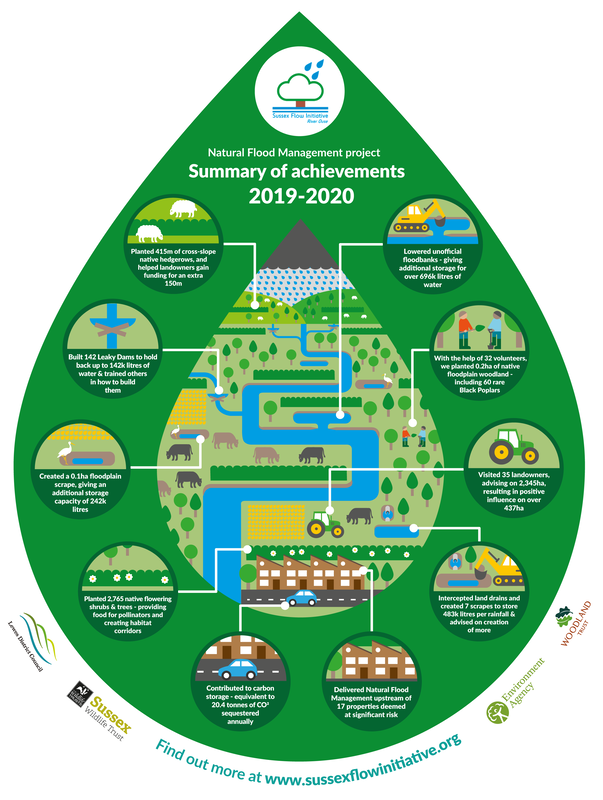|
What a year it has been!! The 5th wettest winter, the wettest February of records, and five named storms. As a result, the impact of our work was seen almost instantly. A few highlights from 2019/20:
The above is just a selection of the work undertaken in 2019/20, the full annual report and the summary report go into great detail on what has been achieved and its impact. Thank you to all our landowners, volunteers and partner organisation, without them we wouldn't be able to have delivered what we have.
1 Comment
|

 RSS Feed
RSS Feed
